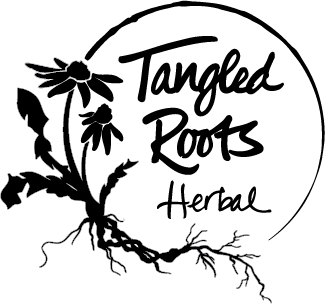Tarot has long been cloaked in mystique and fascination, from the colorful stories of its origin to the deep symbolism within its cards. Over centuries, Tarot has evolved, capturing the imaginations of seekers and a alike.
The tarot we recognize today began its life in Renaissance Italy.
First appearing in the 15th century, it was initially a card game known as "Tarocchi." It wasn't until the 18th century that it began to be used for divination purposes.
Throughout history, tarot’s imagery and symbolism have been influenced by various esoteric and religious traditions, including Kabbalah, alchemy, and even astrology. With the surge of interest in the occult during the 19th and 20th centuries, tarot secured its place as a spiritual tool and medium for introspection.
The Tarot Deck: Major and Minor Arcana
The classic tarot deck consists of 78 cards, which are divided into the Major and Minor Arcana.
The Major Arcana, numbered from 0 to 21, represent significant life events, spiritual lessons, and archetypal themes. When they appear in a reading, they often suggest major influences or deeper underlying forces at play. Some familiar cards from this set include The Fool, The Magician, The High Priestess, and The Lovers.
The Minor Arcana is split into four suits, much like a deck of playing cards. These suits are:
- Cups: Often associated with emotions, relationships, and connections.
- Swords: Linked with thoughts, words, and actions.
- Pentacles (or Coins): Representing the material aspects of life, such as work, money, and health.
- Wands: Associated with spirituality, inspiration, and determination.
Each suit consists of 10 numbered cards (Ace through Ten) and 4 court cards (Page, Knight, Queen, and King). The Minor Arcana addresses everyday concerns and the ebbs and flows of daily life.
The Benefits of Reading Tarot
Reading tarot isn't just about predicting the future; it's a form of guided introspection. Here are some ways in which tarot can benefit you:
1. Self-reflection:
The cards can act as mirrors, reflecting your innermost thoughts, feelings, and behaviors, helping you understand and accept yourself better.
2. Decision-making:
Facing a tough choice? The cards can provide a fresh perspective, illuminating potential outcomes and unseen influences.
3. Enhancing Intuition:
Working regularly with tarot can strengthen your intuitive muscles, allowing you to trust your inner voice more.
4. Meditation and Mindfulness:
Each card carries deep symbolism. Meditating upon them can be a path to deeper understanding and grounding.
5. Storytelling and Creativity:
Tarot is rich in imagery and story. Engaging with it can spur your creative juices, whether you’re a writer, artist, or simply someone looking to reimagine your personal narrative.
So, tarot is much more than a deck of cards with pretty images. It’s a tool for introspection, guidance, and growth.
Whether you believe in its mystical origins or see it merely as a reflection of the human psyche, its transformative potential is undeniable.
The next time you come across a tarot deck, perhaps give it a shuffle and see where the journey takes you!


